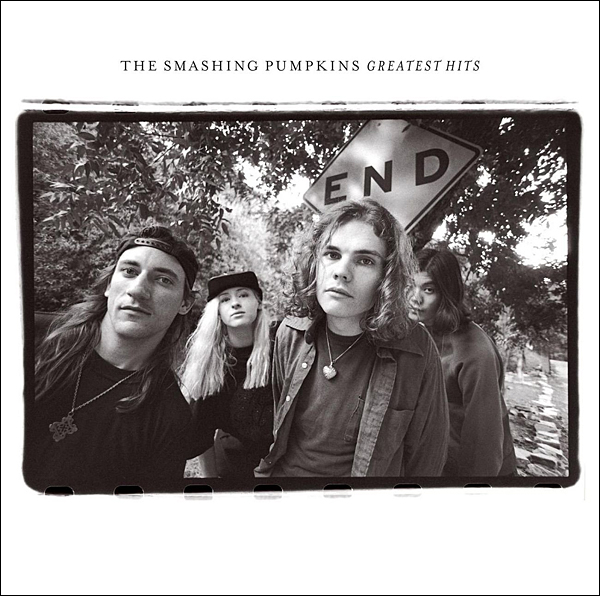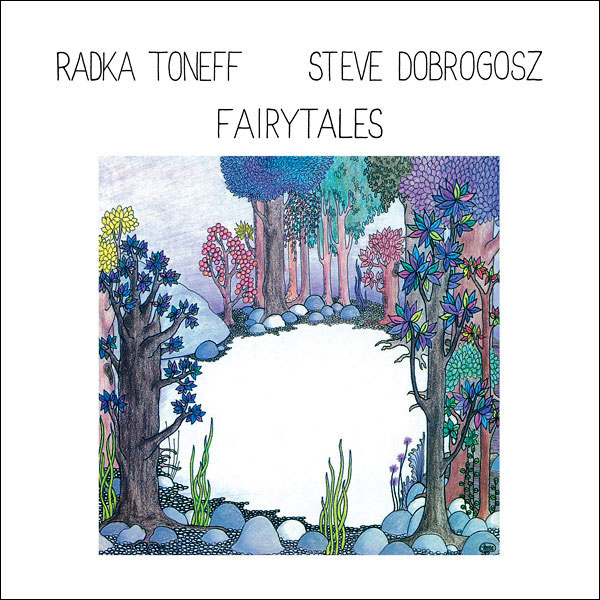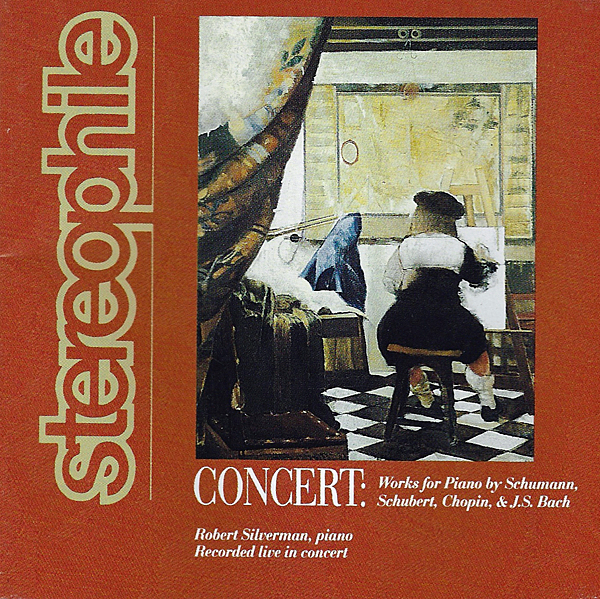| Columns Retired Columns & Blogs |
Well, a tilt control is nice, and I approve. But what if you want to increase bass, and INCREASE treble at the same time? As long as they're providing a tone-control capable device, why not give us the real thing? I get so tired of waiting for actual tone controls.











































